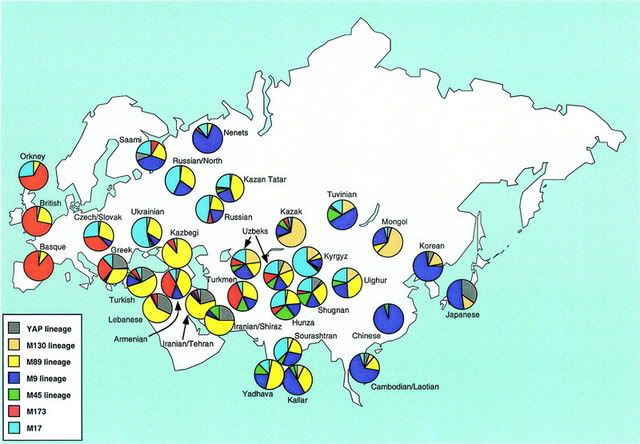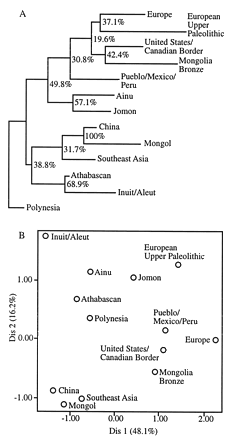Ήl : I[XglVAnΜΓγϊ{°
Hayato : An Austronesian speaking tribe in southern Japan
http://ci.nii.ac.jp/naid/110000577490/en/
* Earliest ancient Chinese history chronicle identified black-teeth indigenous islanders populated present day southern foremost Japanese archipelago.







 Reply With Quote
Reply With Quote






Bookmarks